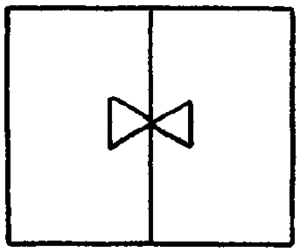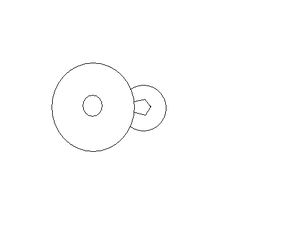✨Creating an account only takes 20 seconds, and doesn’t require any personal info.
If you’ve got one already, please log in.🤝
Visual puzzle
Visual puzzles are commonly used in TEFL to teach grammatical structures such as relative clauses, or (semi)fixed phrases such as "more or less". The task of deciphering the visual puzzles can be difficult and as the task involves little communication, it is advisable to set short time limits or keep the numberof puzzles presented to a minimum.
One of the most renowned visual puzzle is of a Mexican or cowboy performing an activity and viewed from above, such as the following:
Perhaps the most useful language point demonstrated in this type of puzzle is the reduced relative clause, in which the relative pronoun is omitted. Further examples are as follows:
- a) A Mexican (who is) frying an egg
- b) A Mexican (who is) riding a bike
- c) A Mexican (who is) playing the saxophone or trumpet
- d) A giraffe (which is) passing a window
- e) A Mexican (who is) standing by a pyramid
- f) A Mexican (who is) having a bath
- g) A Mexican couple (who are) kissing
- h) A koala (which is) hanging onto a tree
- g) A Mexican couple (who are) kissing
- f) A Mexican (who is) having a bath
- e) A Mexican (who is) standing by a pyramid
- d) A giraffe (which is) passing a window
- c) A Mexican (who is) playing the saxophone or trumpet
- b) A Mexican (who is) riding a bike
However, not all images of this type use the reduced relative clause; the following must use a relative pronoun:
Idioms and (semi)fixed lexical phrases can also be taught and tested through visual puzzles Examples of these are:
- love at first sight
- high income brackets
- more or less
- rings under the eyes
12 of these visual puzzles depicting lexical items can be found in the book "Multiple Intelligences in EFL: Exercises for Secondary and Adult Students" by Herbert Puchta and Mario Rinvolucri, Cambridge University Press


